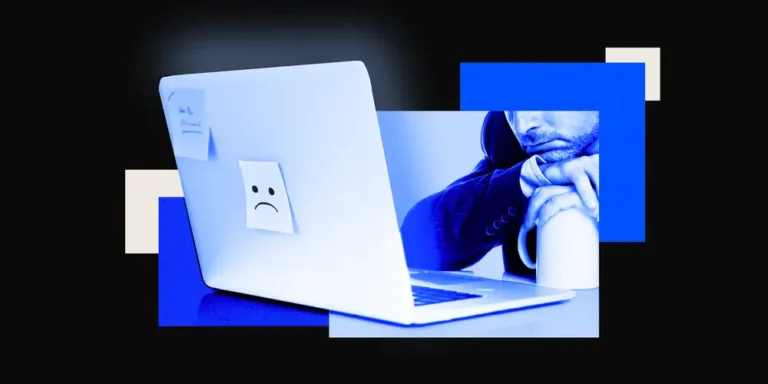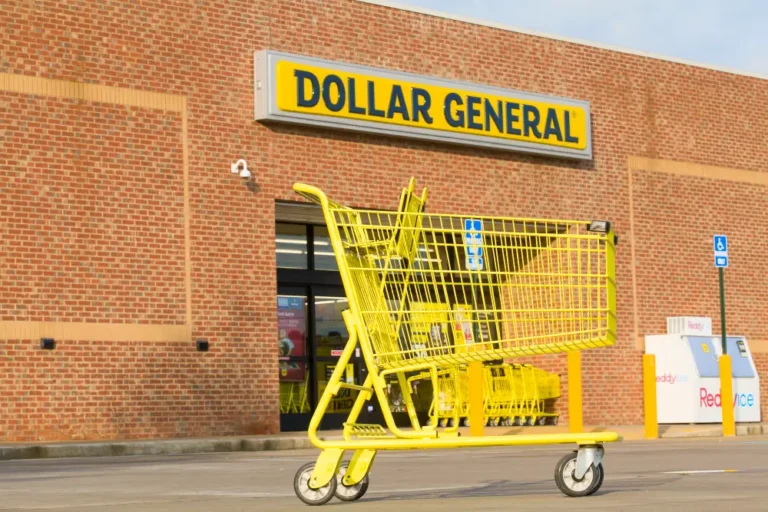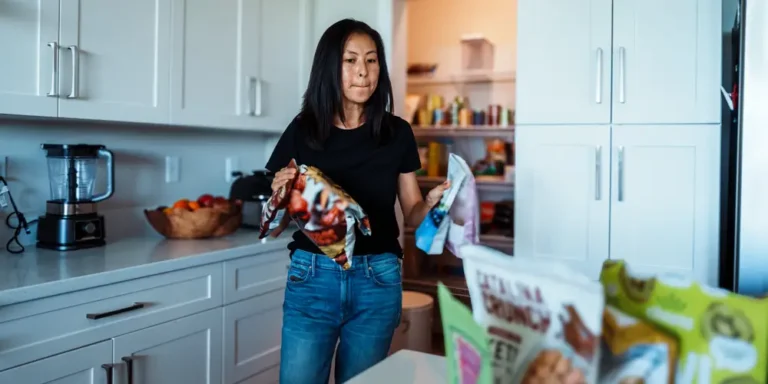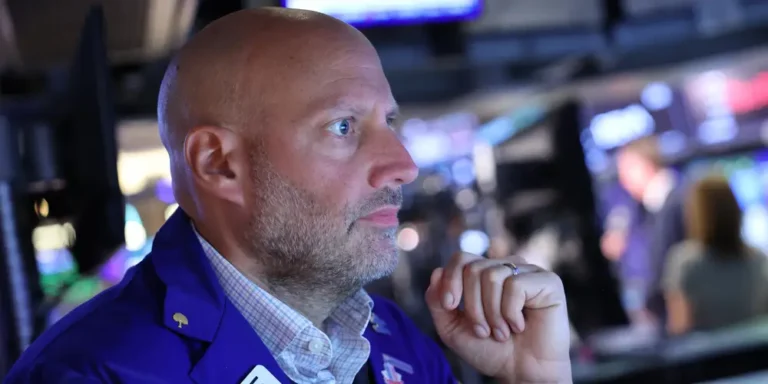Running clubs are surging in popularity and all types of brands are lining up to sponsor them
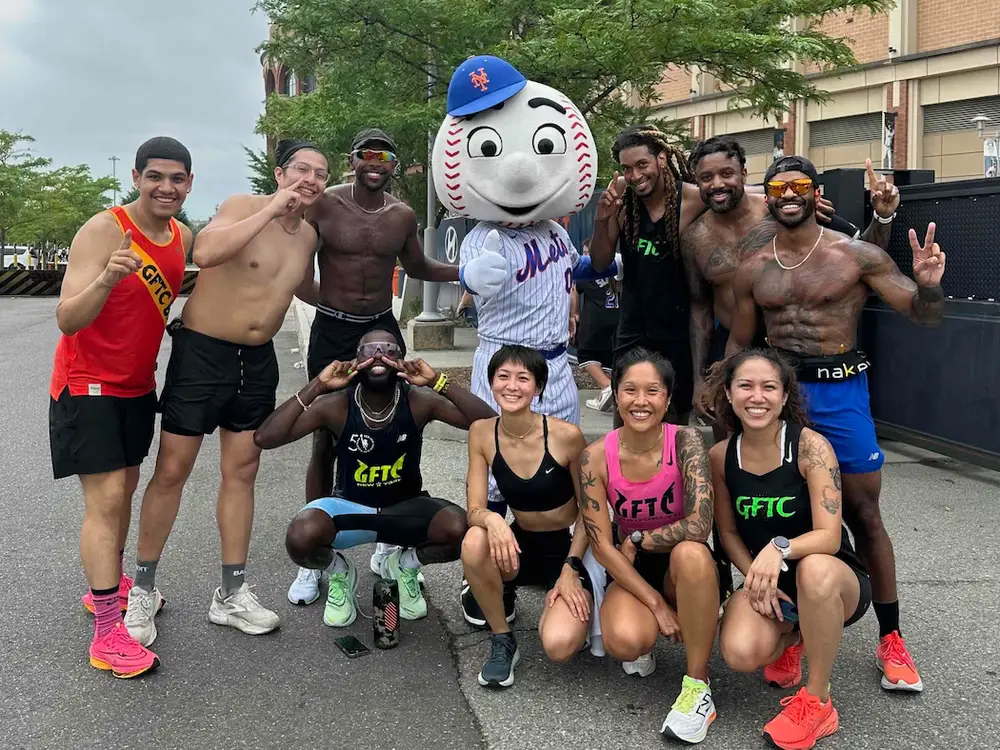
Endorphins worked with the New York Mets.
Running clubs are increasingly gaining popularity with those looking to exercise and meet new people in their communities — opening up new places for brands to advertise.
For years, big fitness brands like Lululemon and Nike have hosted running clubs at their stores that attract athletes. But the more recreational and social running clubs popping up all over the country are getting the attention of brands of all stripes. And as loneliness continues to be a concern for Gen Z and millennials, brands are eyeing running clubs as captive audiences to try products and grow brand awareness in specific areas.
Running app Strava has 860,000 clubs on its platform, and 37% of active users are part of a running club. Runners are also 32% more likely to hit a record on a run when running as part of a group, according to Strava.
Two-year-old running club Endorphins counts 20,000 people as members and is on track to host 1,500 runs and events this year across 11 cities, including New York, Chicago, Miami, and Dallas, club organizer Tyler Swartz told B-17.
“It’s really difficult for people to come together to make friends in a non-drinking format,” Swartz said. “This is like a club where people can connect by interest by proximity.”
Brands are trying to connect IRL
Endorphins is backed by New Balance, which pays for food and drinks at monthly events in each city. The group has also worked with the apple brand Yes! Apples to provide coffee and apples at a social event tied to the New York Marathon.

And with the New York Mets, Endorphins hosted a recent event for people to go to a game and take a picture on the field.
Swartz said he looks for brands associated with Endorphins’ mission to spread positivity and happiness. Before working with health and fitness brands, city leaders vet products to make sure they’re safe.
Endorphins has also been approached by brands not associated with running or health, Swartz said.
“It has to activate with the mission,” Swartz said. “If a brand wants to activate with us and it doesn’t hit on that, we don’t do it.”
Brands are getting involved with smaller, niche clubs
Isabel DiGiovanni started the New York-based run club Slow Girl Run Club in 2022 when she was training for the New York Marathon and looking for an inclusive running group. About 60 people come to the weekly runs, DiGiovanni said.
DiGiovanni said the group’s smaller size is appealing to brands looking to connect with a specific demographic of women interested in meeting new people and socializing. Most of Slow Girl Run Club’s runners are women between the ages of 22 and 30.
“Brands will reach out to me — I didn’t realize that there was such a market,” DiGiovanni said.

Slow Girl Run Club has worked with the dating app Bumble, the drink brand Vita Coco, the athletic apparel brand Vuori, and the waterproof jewelry brand Maison Miru. DiGiovanni said most brands want to distribute free products and pay for social events around runs. Bumble, for example, paid for drinks at a bar after a run and asked DiGiovanni to create social content from the event.
Unlike some other groups, DiGiovanni said she doesn’t make money from working with brands. Instead, she looks for partnerships that Slow Girl Run Club’s members are interested in.
“I’m very flexible in terms of whatever we do,” she said. “I’m not looking to get paid to get these collabs.”

